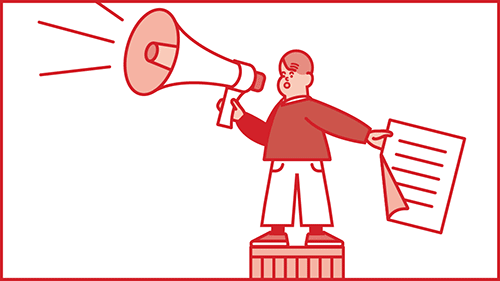Employers Still Shifting Some Health Care Costs to Employees
But, self-funding health insurance is becoming more popular as a way to cut costs, United Benefit Advisors finds.
Premium renewal rates (the comparison of similar plan rates year over year) for employer-sponsored health insurance rose an average of 6.6%—a significant increase from the five-year average increase of 5.6%, according to the 2017 United Benefit Advisors (UBA) Health Plan Survey.
Average employee premiums for all employer-sponsored plans rose from $509 in 2016 for single coverage to $532 in 2017 and from $1,236 to $1,272 for family coverage (a 4.5% and 3% increase respectively). Average annual total costs per employee increased from $9,727 to $9,935. However, the employee share of total costs rose 5% from $3,378 to $3,550, while the employer’s share rose less than 1%, from $6,350 to $6,401.
“To mitigate these rising costs, employers are shifting more premium onto employees, offering more lower-cost consumer directed health plans (CDHPs) and health maintenance organization (HMO) plans, increasing out-of-network deductibles and out-of-pocket maximums, and leveraging continued extensions on the ability to ‘grandmother,’” says Peter Weber, president of UBA. “We’ve also seen reductions in prescription drug coverage to defray increasing costs even further.”
For a second year, prescription drug plans with four or more tiers are exceeding the number of plans with one to three tiers, UBA found. Nearly three-quarters (72.6%) of prescription drug plans have four or more tiers, while 27.4% have three or fewer tiers. The number of six-tier plans has surged, accounting for 32% of all plans, when only 2% of plans were using this design only a year ago.
“While employers chose to hold contributions, copays and in-network benefits steady, they dramatically shifted prescription drug costs to employees. By increasing tiering and adding coinsurance (vs. copays), employers were able to contain costs,” says Weber.
Median in-network deductibles for singles and families across all plans remain steady at $2,000 and $4,000, respectively. Single out-of-network median deductibles saw a 13% increase in 2016, and a 17.6% increase in 2017, from $3,400 to $4,000. Both singles and families are facing continued increases in median in-network out-of-pocket maximums (up by $560 and $1,000, respectively, to $5,000 and $10,000).
Self-Funding Gaining Popularity
The number of employers using self-funding grew 48% for employers with 25 to 49 employees in 2017 (5.8% of plans), and 13.4% for employers with 50 to 99 employees (9.3% of plans).
Overall, 12.8% of all plans are self-funded, up from 12.5% in 2016, while nearly two-thirds (60.9%) of all large employer (1,000 or more employees) plans are self-funded.
“Self-funding has always been an attractive option for large groups, but we see self-funding becoming increasingly desirable to all employers as a way to avoid various cost and compliance aspects of health care reform,” says Weber. “For small employers with healthy populations, self-funding may be particularly attractive since fully insured community-rated plans under the ACA don’t give them any credit for a healthy group.”
The 2017 UBA Health Plan Survey Executive Summary is available at http://bit.ly/2017UBASurvey.

